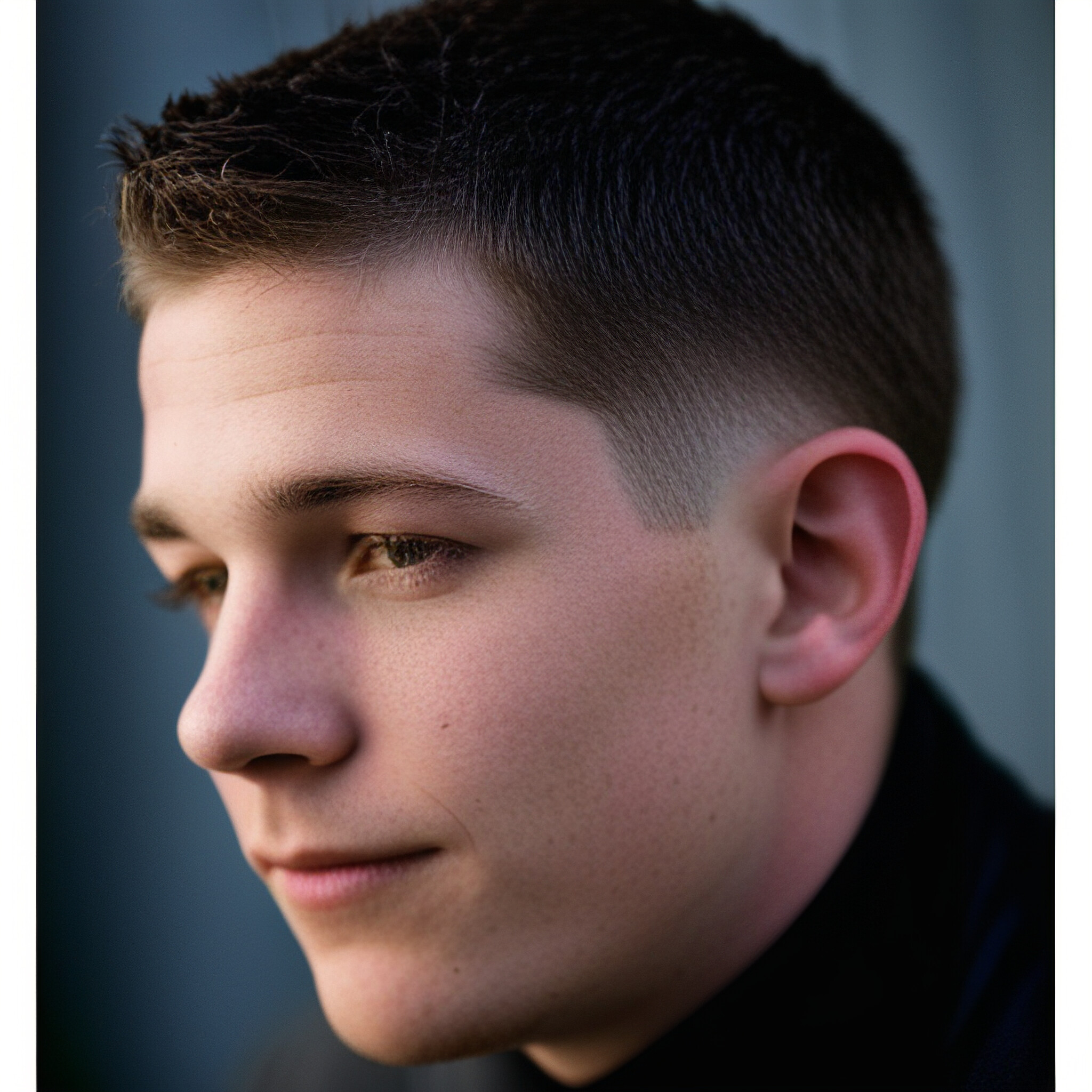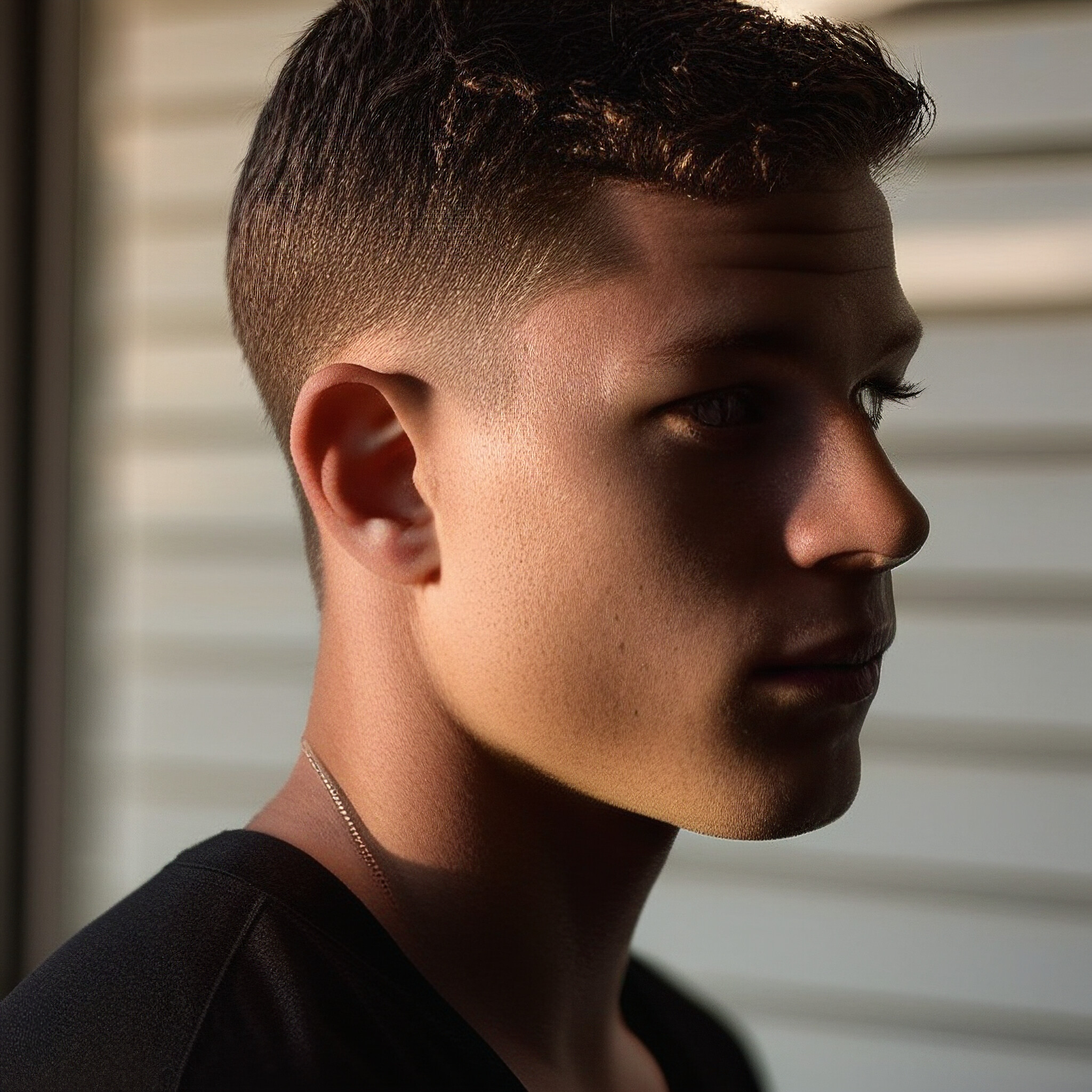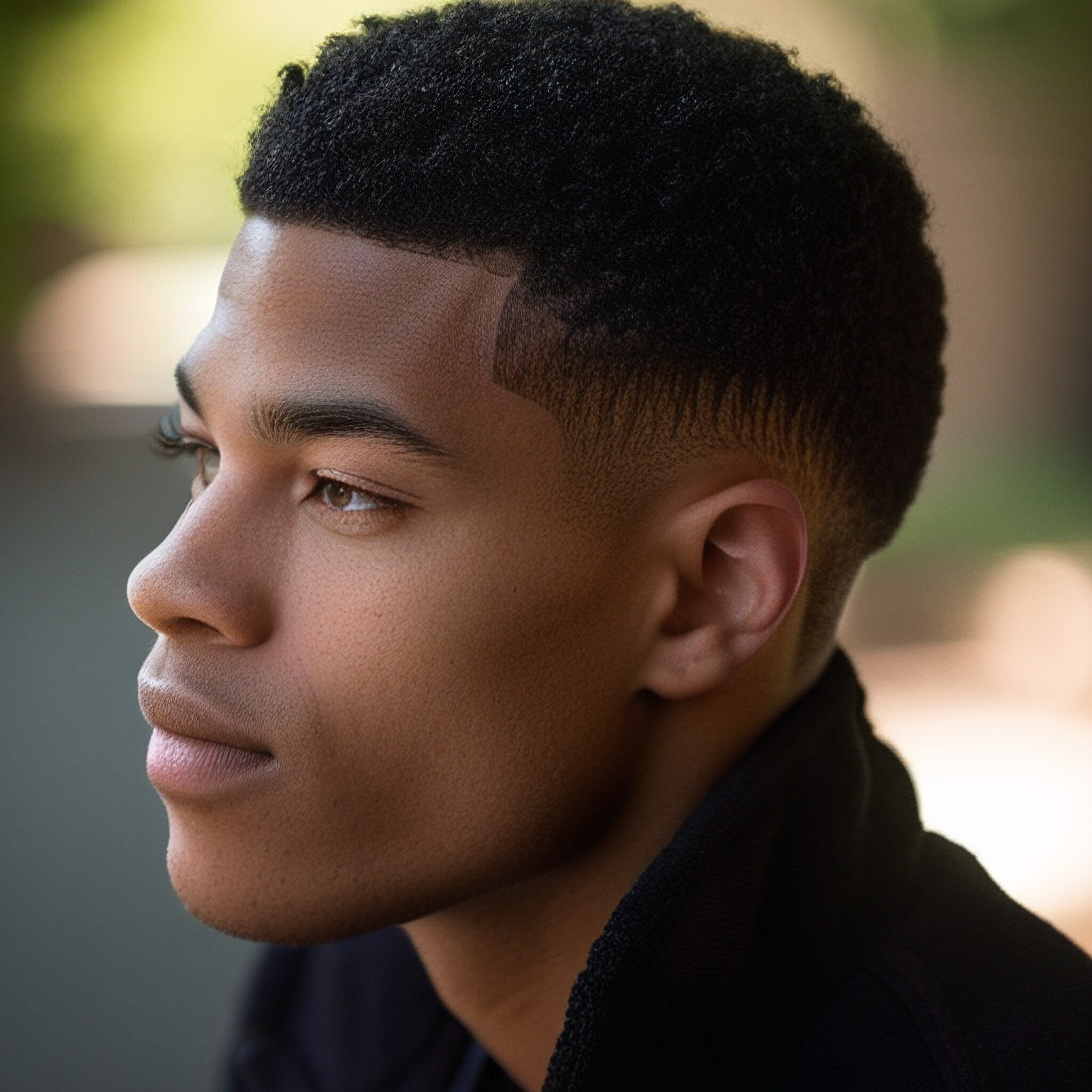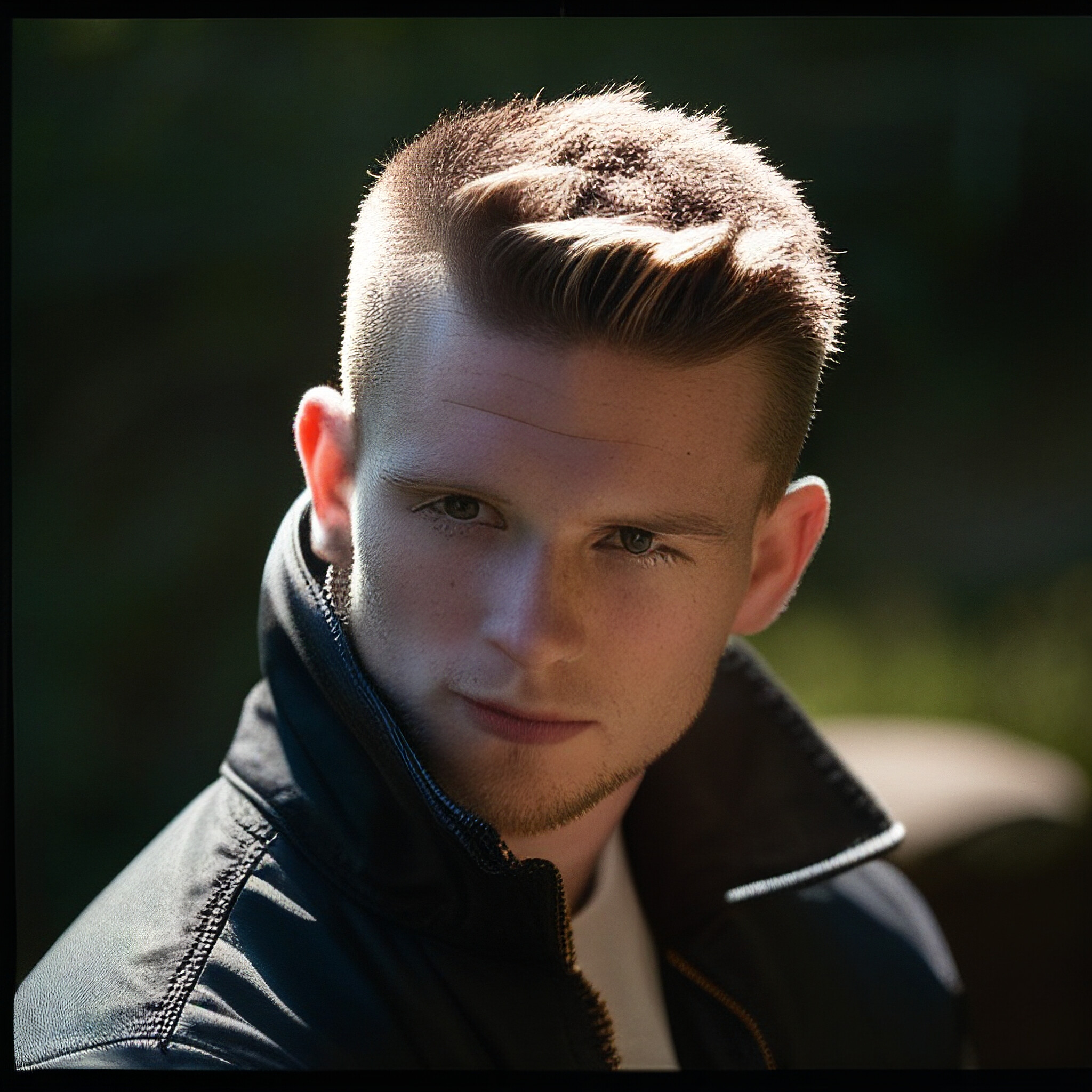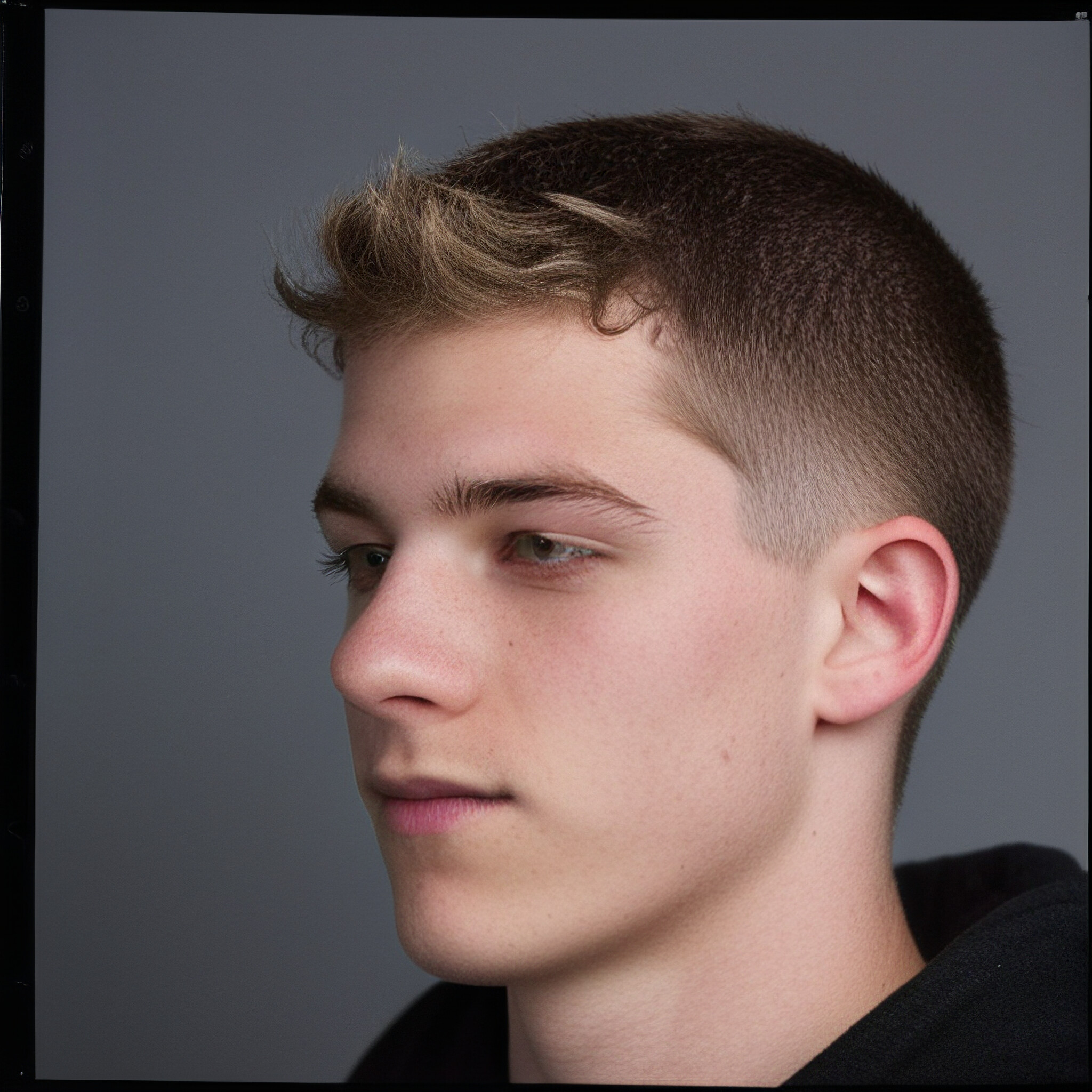Choosing the right hairstyle can transform your look, and while low fades and tapers are popular options, understanding the difference between the low fade taper and low taper fade can help you pick a style that best suits your face shape, personal style, and maintenance preferences. Here’s a breakdown of these two similar yet distinct styles to help you decide which one is right for you.
Understanding the Basics: What Are Low Fades and Tapers?
Before we dive into the differences between the low fade taper and the low taper fade, it’s important to understand the basic terms.
Fade: A fade haircut refers to a style where the hair gradually decreases in length as it moves down from the crown to the nape of the neck. Fades can vary in height, with low fades beginning just above the ears.
Taper: A taper also involves gradually shortening hair but is typically more subtle, with less contrast than a fade. Tapers generally keep more hair on the sides and back than a fade does, creating a more gradual, less dramatic effect.
The Low Fade Taper: A Subtle, Blended Look
The low fade taper combines elements of both fades and tapers for a smooth, subtle look. This style starts the fade near the ear line, gradually blending the hair down to shorter lengths as it reaches the neckline. The fade element keeps the sides short, while the taper maintains a softer transition than a classic fade would.
Why Choose the Low Fade Taper?: This style is ideal for those looking for a well-blended cut with a hint of edginess. It offers a clean look with a natural flow that’s not too stark. This makes it a great option for both professional and casual settings.
Maintenance: The low fade taper requires regular visits to the barber, usually every 2-4 weeks, to keep the fade smooth and blended.
The Low Taper Fade: A Bolder, More Defined Look
The low taper fade is a more distinct style that emphasizes contrast. This cut begins with a taper at the top, gradually fading down to very short or shaved hair near the neckline. The fade in this style is typically more dramatic than in a low fade taper, resulting in a sharper look.
Why Choose the Low Taper Fade?: This style is perfect for those who want a more noticeable, defined haircut. The contrast in length from top to bottom is more apparent than in the low fade taper, giving it an edgier look. It’s ideal for those looking to make a statement with their haircut.
Maintenance: The low taper fade may require touch-ups every 1-3 weeks to maintain its sharpness, particularly if you prefer a clean, crisp look.
Key Differences Between Low Fade Taper and Low Taper Fade
Contrast and Definition:
The low taper fade offers more contrast, with a more defined line where the fade transitions into the shorter hair near the nape.
The low fade taper, by contrast, offers a softer blend with less contrast, keeping more hair on the sides.
Subtlety vs. Boldness:
The low fade taper is more subtle and suited for those who want a clean, blended look that’s not too striking.
The low taper fade is bold, with a sharper transition that’s ideal for those looking to make a style statement.
Versatility:
The low fade taper’s subtlety makes it more versatile for various settings, from business environments to casual outings.
The low taper fade’s distinct look lends itself well to modern, edgy styles, making it a better fit for trendier settings.
Choosing the Right Style for Your Hair Type and Face Shape
Hair Type: Both styles work well for different hair types, but if you have thick or curly hair, the low taper fade can add structure and highlight texture. For finer hair, the low fade taper may provide a more balanced, fuller look without the stark contrast.
Face Shape: The low taper fade can work well for round or oval face shapes, as it adds height and structure to the face. The low fade taper is a versatile choice for square or oblong faces, offering a balanced look without overwhelming the facial structure.
Styling Tips for Both Low Fade Taper and Low Taper Fade
Textured Top: Adding texture to the top can enhance both styles. Using a light styling paste or pomade can add definition, whether you go for a natural look or a spiked style.
Beard Compatibility: Both styles pair well with facial hair. If you have a beard, consider a beard fade that complements the taper or fade, creating a cohesive look from head to face.
Regular Maintenance: Both styles require regular upkeep to retain their fresh appearance. Plan on seeing your barber every few weeks to keep the fade and taper sharp.
Conclusion
The low fade taper and low taper fade are stylish, modern cuts that each offer unique benefits. The low fade taper is more subtle and versatile, ideal for those who want a natural, clean look, while the low taper fade provides a bolder, more defined appearance for a contemporary, trend-forward look. Whichever style you choose, remember that regular maintenance and the right styling products will help you make the most of your cut and keep it looking sharp for your wedding day, job interview, or night out.
Choosing between the two ultimately comes down to your personal style preferences and the statement you want to make with your haircut.


